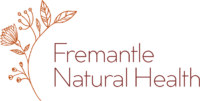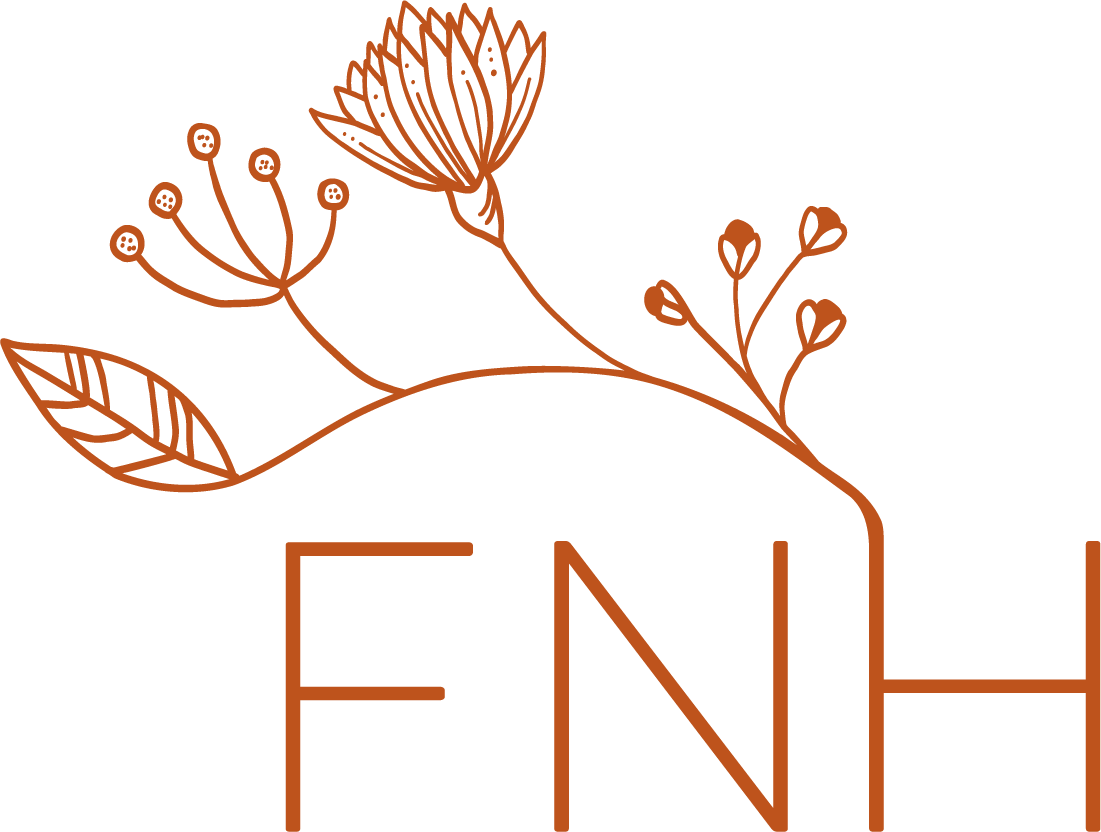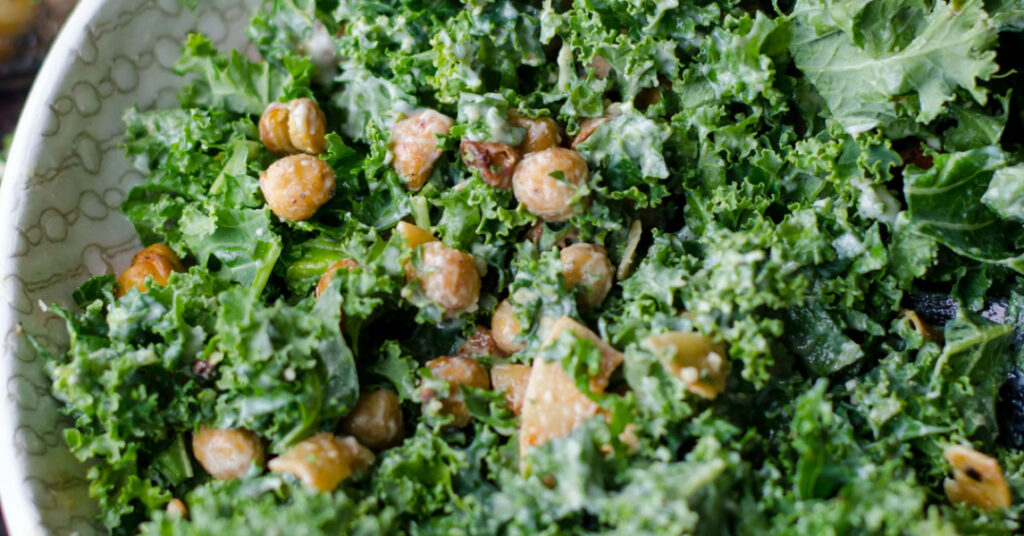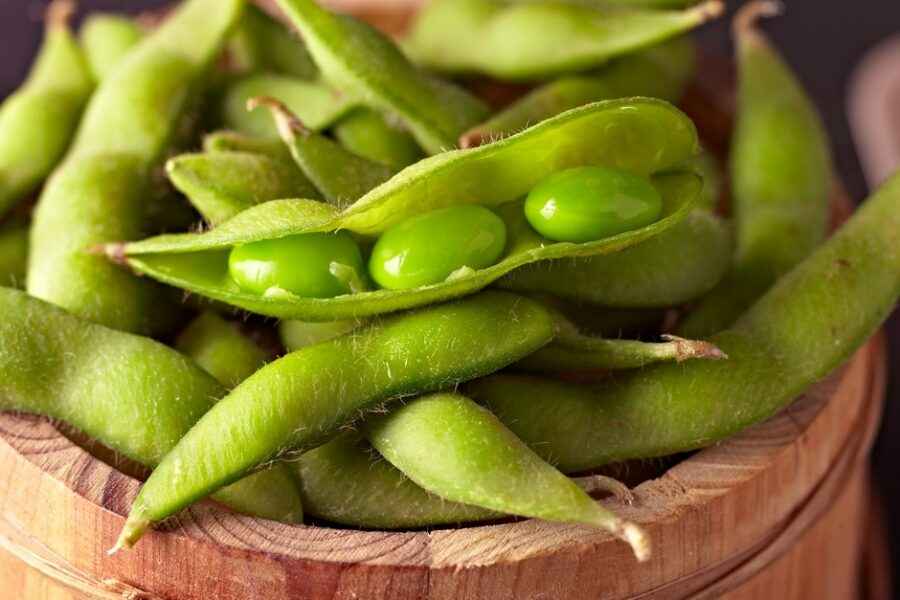How is Iron Toxic?
In short iron is toxic because it can be a part of a fenton reaction – thereby becoming a free radical. Normal iron levels are generally well managed by the body, but excess iron causes oxidative damage.
Fenton-type’ redox chemistry, reacting with hydrogen peroxide (H2O2) or lipid peroxides to generate the highly reactive hydroxyl radical (OH•) or lipid radicals such as LO• and LOO•. These reactive oxygen species (ROS) can damage lipid membranes, proteins and nucleic acids. Thus, excess iron can be toxic and people with iron overload should work at normalising iron levels.
The most simple way to do this is to donate blood regularly. Be aware that if you do donate blood you loss more than just iron, so you may want to keep dietary intake of other blood nutrients up. Another method is mix iron rich foods with chelators in order to reduce absorption – See Iron info for info on iron content of foods. Finally you can take natural chelators which will remove excess iron from the body and also reduce the oxidative damage via anti-oxidant pathways.
How can I absorb more iron?
The first step of absorption is breaking down foods so that the iron component can be isolated. This is done by chewing, saliva, stomach acid and digestive enzymes.
What if I’m a vegetarian? How can I get enough iron?
Non heme iron = Fe3+ = Ferric iron
This Fe3+ must be converted to Fe2+ in order to be absorbed into the blood stream.
Enhancing Fe3+ Fe2+
- Stomach Acid
- Reductases (enzymes on the brush border of small intestine)
- Ligands
- Chelators
- Vitamin C
- Fructose
- Citric Acid
- lactic Acid
- Tartaric Acid
- Mucin – Synthesised by the body
Iron absorption
Is also enhanced if iron levels are low, improving absorption from 10% to 35%, this is mainly achieved by increasing the number of transport proteins on the brush border (of the small intestine) and therefore the transport of iron into the cells.
Cofactors
Other nutrients that help with iron storage and transport into and around the body are vitamins B2, B3, C and copper.
Inhibitors of Ferric Iron Fe3+ to Ferrous Iron Fe2+ include;
(The percentage following each substance indicates the possible extent of inhibition.)
- Polyphenols, including tannins found in many teas (60%) and coffee (40%).
- Oxalic acid, found in spinach, chard, berries, chocolate and tea.
- Phytates, in maize, wholegrains, nuts and legumes. Phytates are water soluble and therefore are removed by soaking for 6-12 hours before consumption.
- Phosvitin, found in egg yolk.
- Nutrients such as calcium (inhibit by 70%), zinc ((inhibit by 70%), manganese ((inhibit by 30%), nickel and chromium.
Iron Chelators
Iron can coordinate six ligands in an octahedral arrangement; thus, iron chelators with the highest affinity will normally be hexadentate, binding iron in a 1:1 ratio (chelator:iron), one example being the drug Deferoxamine DFO. By contrast, bidentate (3:1 ratio) or tridentate (2:1 ratio) chelators, which bind to only two or three of the available iron chelation sites, can potentiate redox cycle and thereby promote free radical damage. Effective iron chelators must efficiently compete with the biological ligands that normally bind iron; therefore, the affinity of chelators for iron and their stoichiometry of iron binding will greatly impact their activity as therapeutic agents
Quercetin
The iron-binding properties of the flavonol quercetin, the major phenolic phytochemical present in cranberries and other selected phenolic compounds (chrysin, 3-hydroxyflavone, 4-dihydroxy flavone, rutin and flavones), were investigated in aqueous media.
- Quercetin was found to bind Fe2+ more strongly than the well-known Fe2+ chelator ferrozine.
- Quercetin can also bind Fe3+, Ga3+ and Zn2+.
- Interestingly, quercetin completely suppressed iron-promoted Fenton chemistry at micromolar levels, even in the presence of the major cellular iron chelators ATP or citrate. Data from this study indicates that the radical scavenging activity of quercetin provides only partial protection against Fenton chemistry-mediated damage. On the other hand, iron chelation by quercetin can completely inhibit the Fenton chemistry. Thus, quercetin’s antioxidant activity may be attributed to its iron-chelation activity.
- Furthermore, superoxide radical-scavenging activity of flavonoid iron complexes was found to be more effective than the uncomplexed parent flavonoid.
Circulating flavonoids (and their metabolites) are further delivered into various organs, including liver, skin and brain. Cranberry extracts rich in these compounds reportedly inhibit oxidative processes, including oxidation of LDL, oxidative damage to rat neurons during simulated ischemia and oxidative and inflammatory damage to the vascular endothelium.
Curcumin
Iron chelation may contribute to the anti-cancer activity of curcumin. The chemical properties of curcumin are consistent with iron-chelator activity, and a laboratory recently observed that liver cells treated with curcumin exhibited hallmarks of iron depletion, which included decreases in the iron-storage protein ferritin, increases in TfR1 and activation of iron-regulatory proteins. Curcumin also acts as an iron chelator in vivo, particularly in the setting of mild iron deficiency. Under these conditions, dietary curcumin exerted profound effects on systemic iron, inducing a decline in hematocrit, haemoglobin, serum iron and Tf saturation, the appearance of hypochromic red blood cells and decreases in spleen and liver iron content. Curcumin also repressed synthesis of hepcidin, a peptide that plays a central role in regulation of systemic iron balance. Consistent with these reports, curcumin reduced NTBI in a mouse model of thalassemia.
Mucuna prunes (Velvet Bean)
Another naturally occurring antioxidant used in traditional Ayurvedic Indian medicine, has also been shown to slow the progression of Parkinsons Disease symptoms and to have none of the side effects of the current pharmaceutical l-dopa. Mucuna pruiens inhibited the oxidation of lipids and deoxyribose sugars and exhibited divalent iron-chelating activity.
Green Tea
Once considered primarily radical scavengers, green tea catechin polyphenols are now understood to be multimodal acting molecules that direct numerous cellular neuroprotection/neurorescue mechanisms involving iron chelation, scavenging of oxygen and nitrogen radical species and activation of protein kinase C signaling pathway and prosurvival genes. Their nontoxic, lipophilic (and thus, brain-permeable) nature is advocated for iron removal from those brain areas where it preferentially accumulates in neurodegenerative diseases. Metal ions, and iron in particular, are critical to catalyzing redox cycling; thus, iron-chelation therapy should be considered as a valuable strategy for the treatment of neurodegenerative diseases
Soy
Several studies have highlighted the beneficial effects of soy protein on CVD risk factors. Age-related increase in iron stores is observed in both men and women and parallels the rise in CVD. Consumption of commercially prepared powders of soy protein with native phytate after only 6 weeks was shown to reduce iron stores, as assessed by serum ferritin concentrations, in postmenopausal women. Declines in serum iron and Tf saturation were also observed. Phytic acid in soy protein isolates is a major inhibitor of nonheme iron absorption in humans; thus, postmenopausal women who are at risk of excess iron may benefit by incorporating soy into their diets to reduce iron stores and lower CVD risk. While consumption of soy protein in perimenopausal women did not reduce the rate of menopause-associated increases in iron stores, a beneficial effect on total antioxidant status was observed at 12 weeks in these women.
Lipoxygenase-mediated pathways play a major role in chronic inflammatory diseases. Results from a recent study reveal that soy isoflavones (purified from defatted soy flour and having an isoflavone content >95%) reduce the catalytically active ferric lipoxygenase to its resting ferrous form, indicating that soy isoflavones are natural redox inhibitors. In a study of the signaling pathways underlying dietary tumor protection in rats, lifetime consumption of the soy isoflavone genistein and soy protein revealed that both dietary factors altered expression of mammary epithelial cell genes and identified a diverse subset of genes that may serve as potential biomarkers in other target tissues
Pycnogenol™ (PYC)
A standardized extract composed of a mixture of flavonoids, mainly procyanidins and phenolic acids obtained from a French maritime pine, may be shown to provide cardioprotective activity, which has been attributed to the strong free radical scavenging activity of its oligomeric procyanidin components. Procyanidins extracted from Vitis vinifera, which have a composition similar to that of PYC, were observed to form a complex with ferric iron with a procyanidin–iron ratio of 1:2. Furthermore, the stability constant of the procyanidin–iron complex was comparable to another strong iron-chelating agent, nitrilotriacetate (NTA). Electron spin resonance observations indicate that PYC may act as an efficient metal chelator; thus, PYC may act as a preventive antioxidant via formation of redox-inert iron complexes and may inhibit the peroxidative process. The mechanism of this complex interaction between radical species requires further investigation; furthermore, in vivo studies are necessary to evaluate the precise compounds that eventually exert biological activity.
Neuro-Protective
Some naturally occurring chelators cross the blood–brain barrier and can exert their antioxidant and iron-chelating properties in the brain. Neuroprotective effects have been evaluated for curcumin, Epigallocatechin gallate (from green tea) as well as apocynin, which is derived from the rhizome of Picrorhiza kurroa, a well-known herb in traditional Ayurvedic medicine
Baical Skullcap
Baicalein and its glycoside baicalin, the major bioactive compounds found in the Chinese herb Scutellaria baicalensis Georgi, have been found to strongly inhibit iron-promoted Fenton chemistry via a combination of chelation and radical scavenging mechanisms. Baicalein also was shown to induce apoptosis in human breast cancer cells and human lung squamous carcinoma cells via alteration of the Bcl-2 family of mitochondrial proteins and activation of caspase-3. Baicalin and quercetin (see later) were shown to increase antioxidant status and decrease iron content and lipid peroxidation in the liver of mice with iron-overload-induced liver oxidative injury. In addition, when added to rodent chow (1% w/w final) both flavonoids significantly reduced hydroxyproline content in liver homogenates, indicating that these flavonoids can protect liver from fibrosis, a complication of iron-overload disease that can lead to liver cirrhosis. Although these flavonoids are generally regarded as poorly bioavailable, a study of an orally administered formulation that contained S. baicalensis reported an apparent 8-h elimination half-life for baicalein; thus, baicalein can remain in the body long enough to affect iron homeostasis and reduce oxidative stress. These studies suggest that phenolic compounds with an ‘iron-binding motif’ are strong iron-chelating agents that may modulate the bioactivity and bioavailability of iron in the body.
Chelators that prefer Fe(II) contain ‘soft’ donor atoms, such as nitrogen and sulphur, and, consequently, retain a relatively high affinity for other biologically important divalent metals such as Cu2+ and Zn2+
Proanthocyanidins, epicatechins, flavonols and anthocyanin contain an iron-binding motif similar to the catechol moiety that is a known iron-binding element of microbial siderophores (such as DFO).



